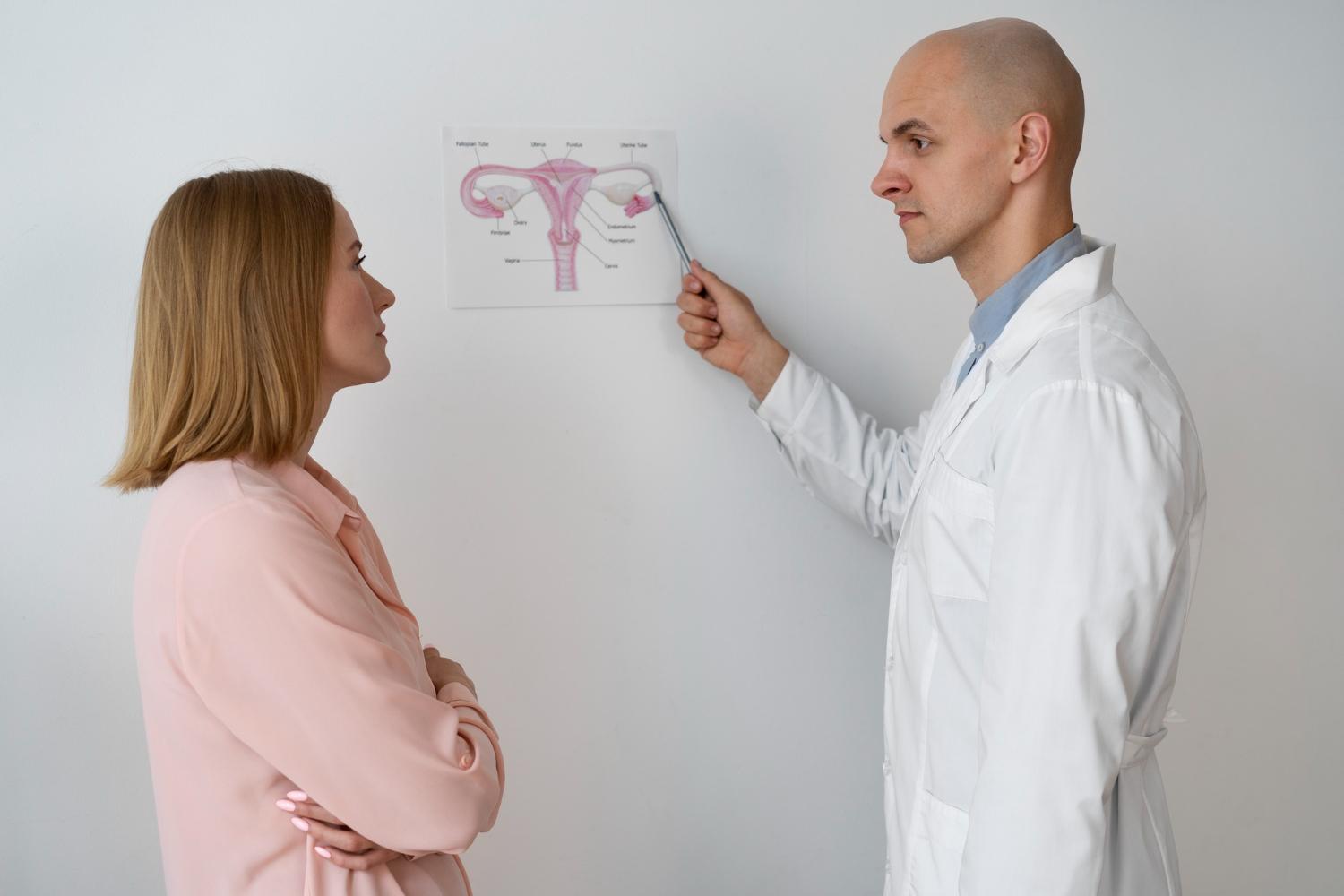Laparoscopy is a minimally invasive surgical procedure that has become an essential tool in the diagnosis and treatment of infertility. For individuals and couples experiencing challenges in conceiving, laparoscopy offers a way to identify and address underlying causes that might be affecting fertility. Often performed by an infertility specialist, this procedure is valuable not only for its diagnostic capabilities but also for its effectiveness in treating certain conditions that impact fertility.
What Is Laparoscopy?
Laparoscopy involves inserting a thin tube with a camera, called a laparoscope, into the abdomen through a small incision. This camera allows doctors to have a clear view of the reproductive organs, including the uterus, fallopian tubes, and ovaries, without requiring open surgery. The procedure can help detect various issues, such as endometriosis, fibroids, adhesions, and ovarian cysts, which are common contributors to infertility.
One of the primary benefits of this is its dual function. It not only allows for diagnosis but also provides an opportunity for the surgeon to treat any issues encountered during the procedure. For example, if the surgeon discovers a blockage in the fallopian tubes or endometriosis, they can often address these conditions during the same procedure, reducing the need for additional surgeries.
Diagnosing Infertility Issues with Laparoscopy
It is especially useful in diagnosing infertility when other methods, such as ultrasounds and blood tests, do not provide enough information. By offering a direct view of the reproductive organs, laparoscopy enables an accurate assessment of any physical abnormalities that could affect fertility. Conditions such as scar tissue, blocked fallopian tubes, or abnormal growths can all be identified through this.
For individuals planning to pursue fertility treatments at an IVF center in Lahore, it can be a critical preparatory step. It ensures that any potential physical issues are identified and addressed before beginning treatment. For instance, addressing a blocked fallopian tube or removing adhesions can significantly increase the chances of a successful pregnancy through IVF, making laparoscopy a valuable part of the fertility journey.
Treating Infertility with Laparoscopy
Beyond its diagnostic role, laparoscopy also plays a vital role in treating certain infertility-related conditions. Here are some common issues that laparoscopy can address effectively:
- Endometriosis: This condition occurs when the tissue lining the uterus grows outside of it, often causing pain and affecting fertility. During laparoscopy, an infertility specialist can remove endometrial tissue, which can help restore reproductive function.
- Blocked Fallopian Tubes: Blockages in the fallopian tubes are a common cause of infertility. Laparoscopy allows surgeons to clear these blockages, which can improve the chances of natural conception or increase the success of IVF treatments.
- Ovarian Cysts and Fibroids: These growths can interfere with ovulation and embryo implantation. Laparoscopy enables the removal of cysts and fibroids, allowing the reproductive system to function more effectively.
- Adhesions: Adhesions are bands of scar tissue that can form as a result of previous surgeries or infections, limiting the movement of the ovaries or blocking the fallopian tubes. By removing these adhesions, laparoscopy can restore the normal function of reproductive organs.

Why Laparoscopy Is Important for IVF Success
For individuals seeking help at the best fertility doctor in Pakistan or an IVF center, laparoscopy can be particularly beneficial. Before starting IVF, it’s crucial to ensure the reproductive organs are as healthy as possible, as untreated conditions like endometriosis or fibroids can reduce IVF success rates. By using laparoscopy to treat these issues, doctors can create a more favorable environment for embryo implantation and increase the chances of a successful pregnancy.
Furthermore, laparoscopy can also benefit those who have experienced recurrent IVF failures. In such cases, the procedure may uncover underlying issues that were not visible in prior exams, providing new insights and treatment options.
Advantages of Laparoscopy in Fertility Treatment
Compared to traditional surgery, laparoscopy offers several advantages, including shorter recovery times, reduced scarring, and less post-operative pain. These benefits make it an ideal option for individuals preparing for or undergoing fertility treatments. Additionally, because laparoscopy is minimally invasive, it has a lower risk of complications, making it a safe and effective choice for treating infertility.
Conclusion
It plays a crucial role in the diagnosis and treatment of infertility, making it a valuable option for individuals considering fertility treatments. By enabling infertility specialists to identify and treat underlying issues, it can enhance the effectiveness of treatments like IVF and improve overall reproductive health.

